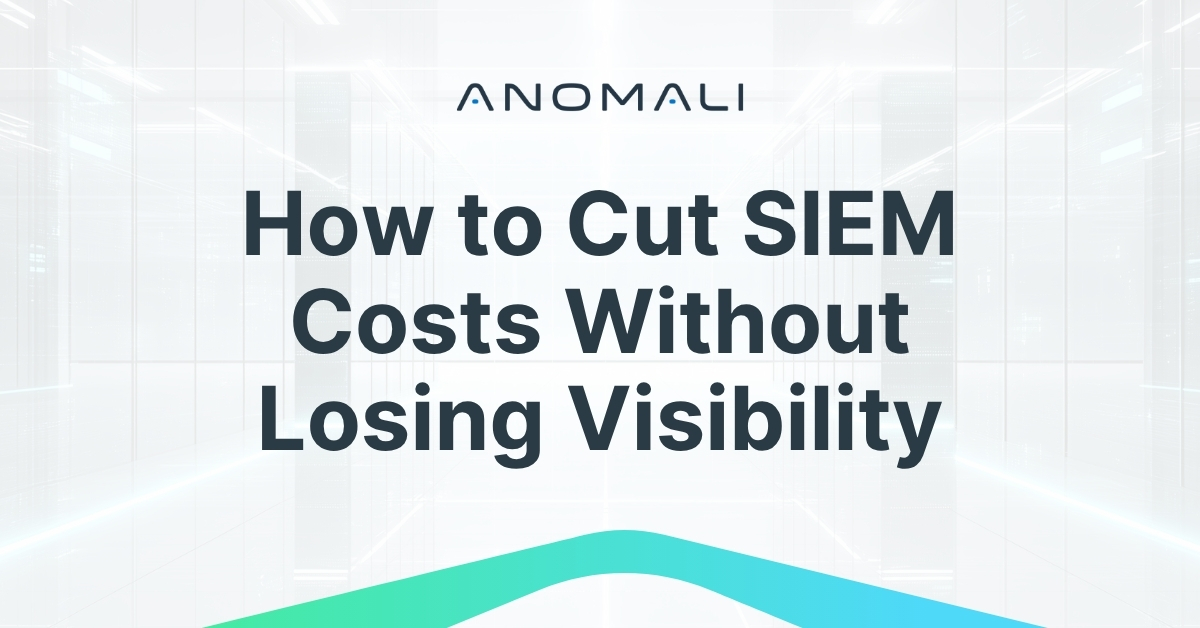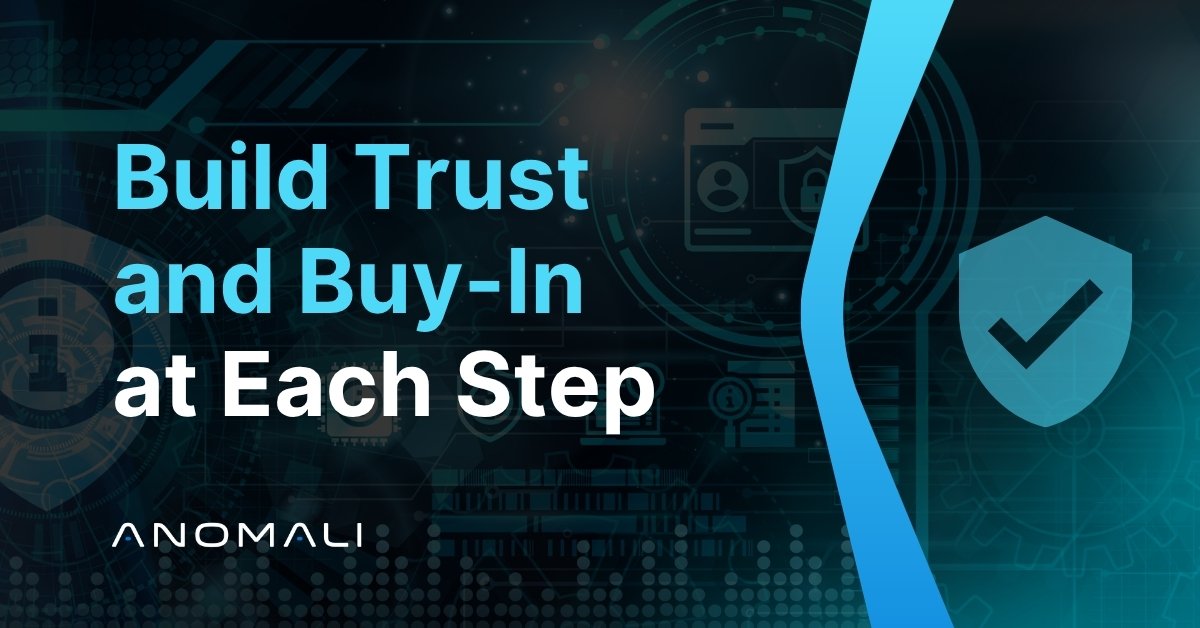SIEM Modernization and Optimization: Step 2 - Define Your Goals


In our last post in our SIEM modernization and optimization series, we discussed the importance of assessing data sources and creating a unified data architecture. That’s the starting point of any SIEM modernization journey.
Next, you need to know where you’re going.
The North Star Goal of SIEM Modernization
SIEM modernization and optimization projects can have several goals, but essentially you want to ensure your SOC’s residual risk is at or below your organization’s risk tolerance. Other goals should work in concert to support this primary one.
Every organization has a level of risk tolerance. And every information security group contributes to their organization’s residual risk due to actions taken, technology deployed, etc. Optimizing your SIEM and/or deploying an ultra-modern SIEM must be done strategically and methodically to keep risk levels low during and after implementation.
Use AI to Detect and Respond to Attacks
AI may be the biggest driving factor to SIEM modernization, both from the perspective of adversaries leveraging AI and SOCs looking to amplify capabilities and improve security posture.
AI has led to more frequent, more complex, and better obfuscated attacks, all while lowering the bar of entry for threat actors. This means your platform needs to be able to analyze behavioral anomalies across systems to catch things like AI phishing, deepfakes, and synthetic identity attacks.
Ultra-modern SIEMs leveraging AI can dramatically improve detection of attacks, especially those involving multiple systems. With an observable data lake, the AI model can get the whole picture instantly, understanding how data points that seem innocuous in isolation point to an attack underway in context.
Once a problem is detected, Agentic AI can launch into a response workflow. For example:
- Acknowledge the Alert: The AI identifies the alert as a high-probability threat.
- Correlate Data: It automatically pulls and correlates data from all relevant sources — endpoint data, network logs, identity information — to confirm the threat.
- Identify Vulnerabilities: It cross-references the threat with your organization's known vulnerabilities to identify the potential points of entry.
- Alert the Human Team: The AI then sends a high-priority alert to the human security team, presenting insights so analysts can act quickly
Safeguarding the SIEM
Back to the “north star” of SIEM modernization: you need to put goals in place to ensure SIEM optimization limits residual risk.
- Data Provenance and Integrity: Ensure the data feeding your models hasn't been tampered with. This requires robust controls like cryptographic watermarking or hashing to ensure the data is trustworthy.
- Securing the Architecture: The new SIEM itself is a critical part of your defense, so it needs to be hardened against poisoning, adversarial attacks, and vulnerabilities. This is where a Zero Trust architecture is key.
- Active Identity and Access Management (IAM): Continuous authentication and risk-based access decisions are essential to protect the system from credential stuffing and social engineering.
SIEM optimization and ultra-modern SIEMs can be the most powerful tool in your SOC but make ripe targets for adversaries. These safeguarding measures are non-negotiable and will ensure the health of your solution.
Set Yourself Up for SIEM Success
Defining your organization’s SIEM modernization goals is essential to a smooth rollout that ensures:
- Keeping residual risk to a minimum
- Achieving and optimizing key capabilities
- Reliably safeguarding the solution itself against attacks
This step not only sets your organization up for stronger security, but sets you up for a less stressful, more manageable (and more methodical implementation).
Get the full 4 Steps to Modernize Your SIEM for the AI Era guide.
Discover More About Anomali
Get the latest news about cybersecurity, threat intelligence, and Anomali's Security and IT Operations platform.
Propel your mission with amplified visibility, analytics, and AI.
Learn how Anomali can help you cost-effectively improve your security posture.




